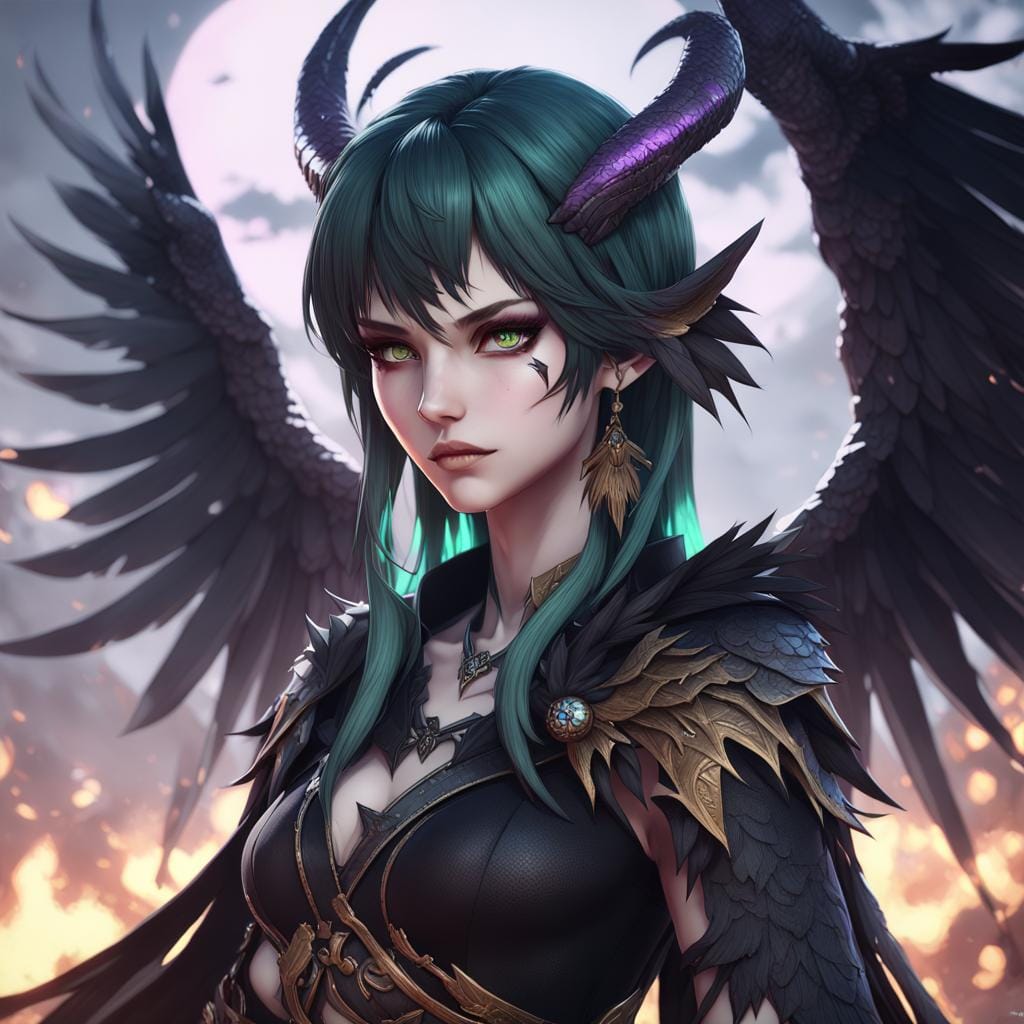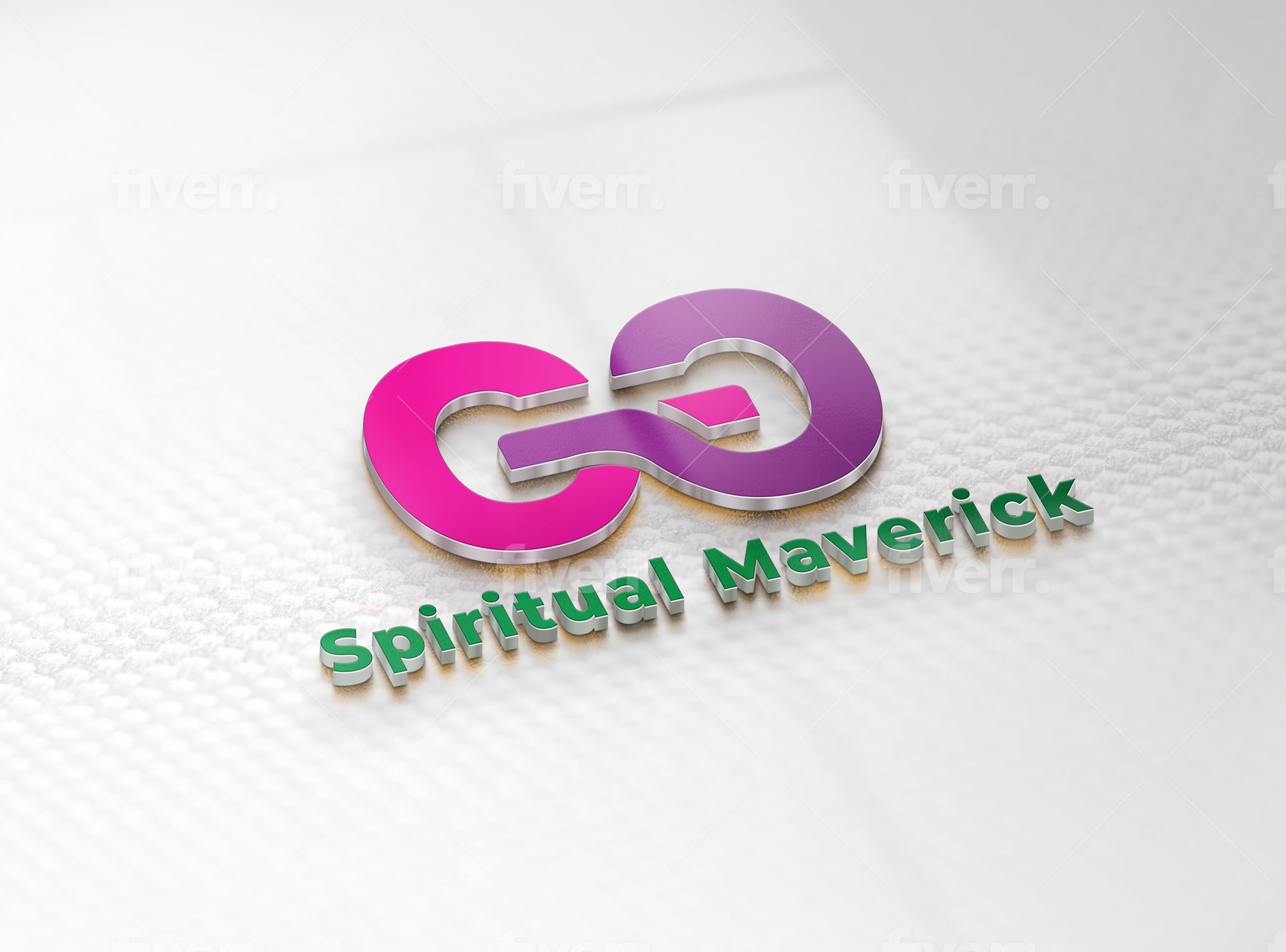The Morrigan

The Morrigan is a powerful and enigmatic Celtic goddess, known for her role as a goddess of war, death, and sovereignty. She is often depicted as a fierce and dark figure, with a crow or raven perched on her shoulder, ready to do her bidding. Her name, Morrigan, translates to “phantom queen” or “great queen” in Old Irish, indicating her status as a powerful and revered deity. The history of The Morrigan dates back to ancient Celtic mythology and folklore. She is believed to be one of the triple goddesses of the Tuatha Dé Danann, a race of supernatural beings in Irish mythology. Along with her sisters, Badb and Macha, she is said to have presided over the battlefield, inspiring fear and courage in warriors and determining the outcome of battles. In mythology, The Morrigan is often portrayed as a shapeshifter, able to transform into different forms such as a crow, wolf, or eel. She is also associated with the land and is said to have the ability to control the weather, especially storms and thunder. This connection to nature and the elements further solidifies her role as a goddess of sovereignty and power. One of the most famous stories involving The Morrigan is the Táin Bó Cúailnge, also known as the Cattle Raid of Cooley. In this epic tale, she appears to the hero Cúchulainn in the form of a crow and warns him of his impending death. Despite her ominous warning, Cúchulainn bravely faces his fate and defeats his enemies. This story highlights The Morrigan’s role as a prophetess and her ability to see and influence the future. The Morrigan is also associated with the festival of Samhain, the Celtic New Year, and the festival of Beltane, the beginning of summer. During these festivals, she is said to roam the land, guiding the souls of the dead and playing tricks on unsuspecting mortals. She is also closely linked to the cycles of life and death, and her presence during these festivals reminds us of the ever-changing and cyclical nature of existence. In modern times, The Morrigan continues to hold a significant place in Celtic spirituality and Paganism. Many people still honor her and work with her as a deity of protection, courage, and transformation. She is often called upon for guidance and strength during times of conflict and change. Her fierce and unapologetic nature serves as a reminder to embrace our own power and stand up for what we believe in. The Morrigan’s spiritual significance goes beyond just war and death. She is also a goddess of transformation and rebirth. In some interpretations, she is seen as a guardian of the underworld, guiding souls through the cycle of death and rebirth. This aspect of her character reminds us of the importance of letting go of the old and embracing the new, even if it may be scary or unknown. In conclusion, The Morrigan is a complex and multifaceted goddess in Celtic mythology. Her role as a goddess of war, death, and sovereignty is just one aspect of her character, as she is also associated with prophecy, nature, and transformation. Her influence can still be felt in modern times, and she continues to be a source of inspiration and guidance for those who honor her. As we reflect on her history and spiritual significance, we are reminded of the power and strength that lies within us all.
